Retro Replay Review
Gameplay
Yōjo Ranbu: Kegasareta Seiiki delivers a classic first-person dungeon‐crawling experience reminiscent of mid‐’90s PC RPGs. Players guide the apprentice swordsman Reseshibu through a network of 3D corridors, using an auto‐map to avoid becoming hopelessly lost in the winding halls beneath the capital. Exploration is methodical, with each turn and step potentially triggering random enemy encounters, encouraging cautious navigation and strategic planning.
(HEY YOU!! We hope you enjoy! We try not to run ads. So basically, this is a very expensive hobby running this site. Please consider joining us for updates, forums, and more. Network w/ us to make some cash or friends while retro gaming, and you can win some free retro games for posting. Okay, carry on 👍)
Combat unfolds in a traditional turn‐based format, where party composition and resource management are key. Alongside Reseshibu and the ever‐resourceful Jena, two additional heroines can join the fray, each bringing unique skills and magical abilities. Players must balance offensive spells, healing items, and defensive maneuvers as they fight through waves of grotesque creatures and rival warriors. The pacing leans toward deliberate engagement, rewarding careful party builds and grinding for experience where necessary.
Controls are straightforward for veterans of the genre: keyboard shortcuts handle movement, menu navigation, and battle commands, while mouse support offers point‐and‐click convenience. Though lacking modern quality‐of‐life features like quest markers or auto‐save, the game’s systems feel robust and honest, offering an unfiltered glimpse at how dungeon RPGs once tested players’ patience and perseverance. For those seeking a more forgiving run, occasional save rooms and item shops provide brief respites amid the danger.
Graphics
Despite its Windows 95 origins, Yōjo Ranbu pushes period hardware with a blend of anime‐style 2D character portraits and rudimentary 3D environments. The princesses and heroines are depicted in richly colored, hand‐drawn CGI stills during dialogues, giving conversations a visual flair that stands out against the geometric simplicity of the dungeons. These portrait illustrations showcase expressive animations and slight motions—blinking eyes or swaying hair—that elevate character interactions.
The 3D dungeon visuals, while blocky by today’s standards, retain a nostalgic charm. Textured walls, flickering torchlights, and occasional ornamental arches evoke a sense of ancient mystery in the royal catacombs. Auto‐mapping aids player orientation, filling in corridors in real time and reducing frustration. Though the environments are repetitive at times, tactful palette shifts—from mossy greens to royal purples—help distinguish each sector of the underground labyrinth.
Audio complements the visuals with full voice acting for major characters and CD‐quality background music. The cast delivers fiery monologues, urgent battle cries, and tender confidences during quieter moments, adding emotional weight to the pixelated backdrops. The soundtrack mixes orchestral motifs with synthesized beats, setting a dramatic tone that enhances both exploration and combat. On original hardware or emulated setups, the sound quality remains a standout feature that belies the game’s age.
Story
Set in the mythical world of Gaia, the narrative revolves around a millennial ritual where the princesses of five great dynasties convene to ensure peace across the land. Apprentice swordsman Reseshibu and his friend Jena arrive at the capital to witness this grand ceremony, only to find the princesses mysteriously abducted. The initial intrigue hooks players immediately, promising political intrigue and high‐stakes rescue missions.
As Reseshibu embarks on his quest, the revelation that his own uncle orchestrated the kidnapping injects a personal dilemma into the plot. This familial betrayal lends depth to the hero’s motivations: is he fighting solely for duty, for friendship, or to redeem his family’s honor? Side conversations with party members flesh out their backstories, revealing each heroine’s hopes and fears, and forging bonds that give weight to every dungeon crawl and boss confrontation.
While the writing occasionally leans on genre tropes—noble princesses in peril, an underdog hero discovering hidden strength—the game’s anime sensibilities bring these moments to life with dramatic flair. Plot pacing alternates between action‐driven dungeon expeditions and quieter character scenes, allowing players to breathe and invest emotionally in the party. The result is a surprisingly cohesive storyline that balances political machinations, personal sacrifice, and the camaraderie of allies.
Overall Experience
Yōjo Ranbu: Kegasareta Seiiki stands as a testament to the ambitions of early anime‐style adult RPGs. Its blend of first‐person dungeon exploration, richly illustrated character portraits, and full voice acting creates a distinctive atmosphere that modern indies sometimes struggle to replicate. Fans of retro gaming will appreciate the game’s old‐school challenge and the nostalgia evoked by its audiovisual presentation.
However, prospective buyers should be prepared for dated mechanics. Random battles can feel grindy, save points are scarce, and the lack of modern conveniences may frustrate newcomers. That said, the game’s deliberate pacing offers a rewarding sense of achievement when players overcome its toughest adversaries or unravel the more complex twists of Reseshibu’s family saga.
Ultimately, Yōjo Ranbu invites players into a richly imagined world where loyalty, betrayal, and destiny collide beneath the haunted corridors of a besieged capital. For those willing to embrace its vintage challenges and revel in its adult‐oriented themes, the journey offers both nostalgic delight and compelling storytelling that still resonates decades after its original release.
 Retro Replay Retro Replay gaming reviews, news, emulation, geek stuff and more!
Retro Replay Retro Replay gaming reviews, news, emulation, geek stuff and more!
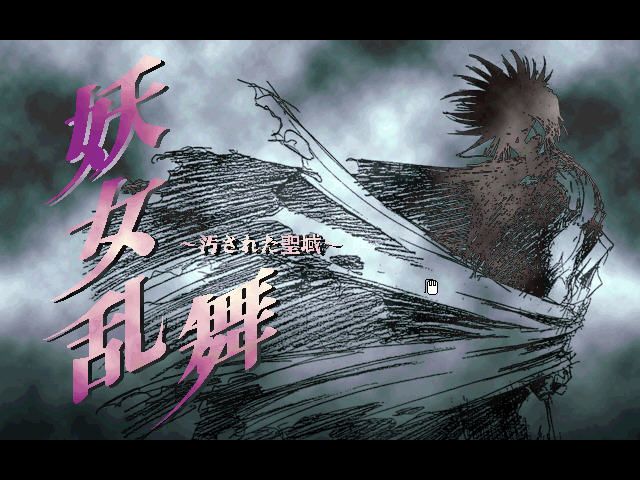
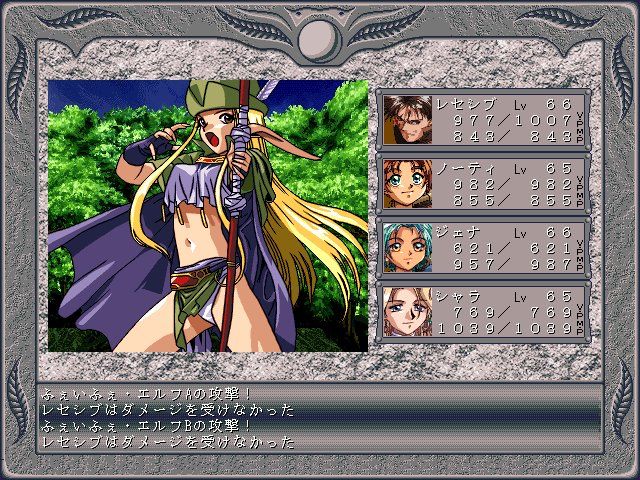
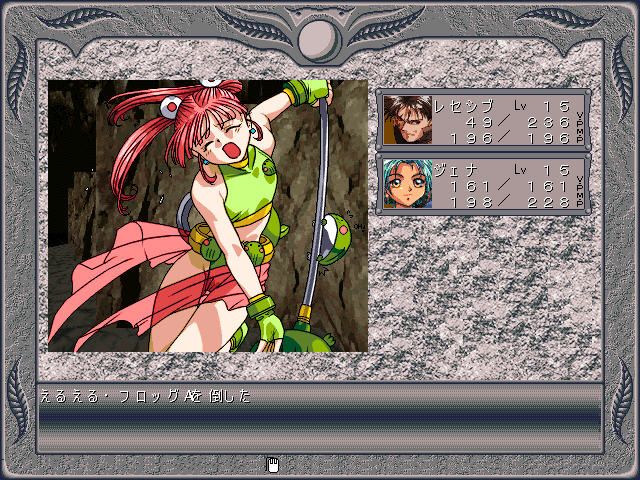
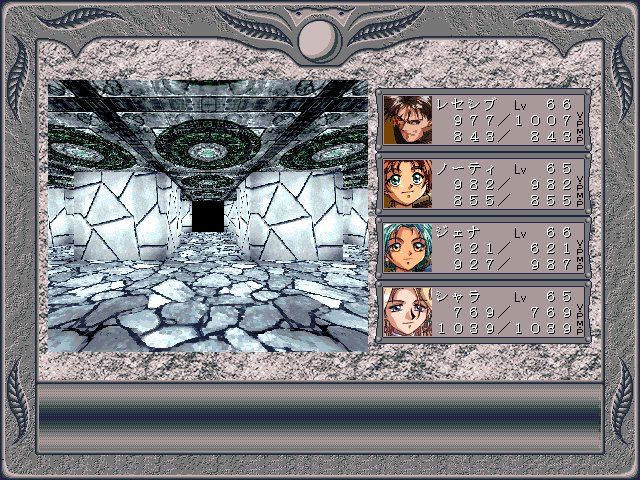
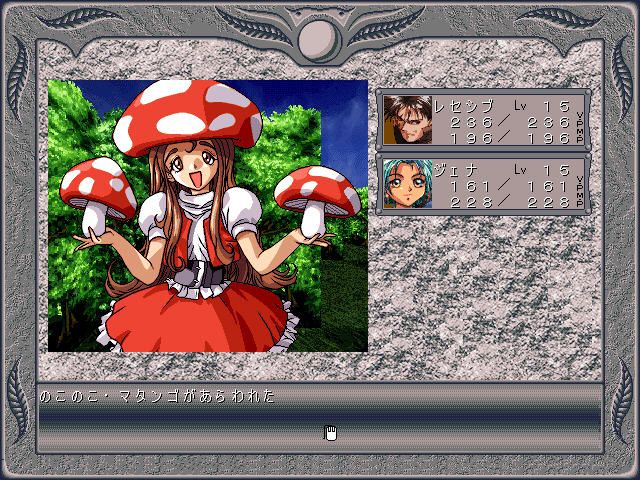
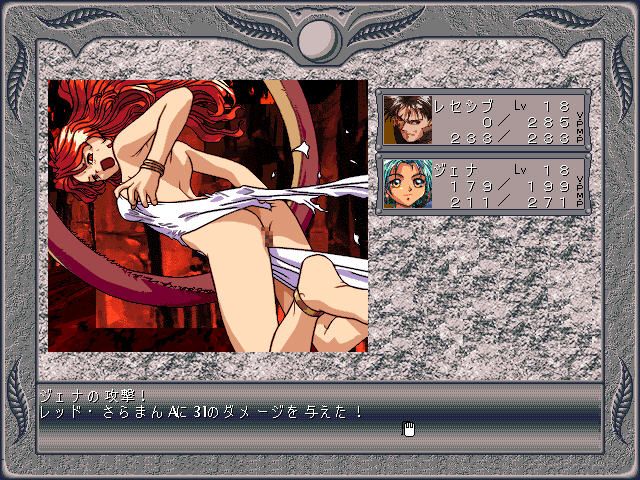



Reviews
There are no reviews yet.